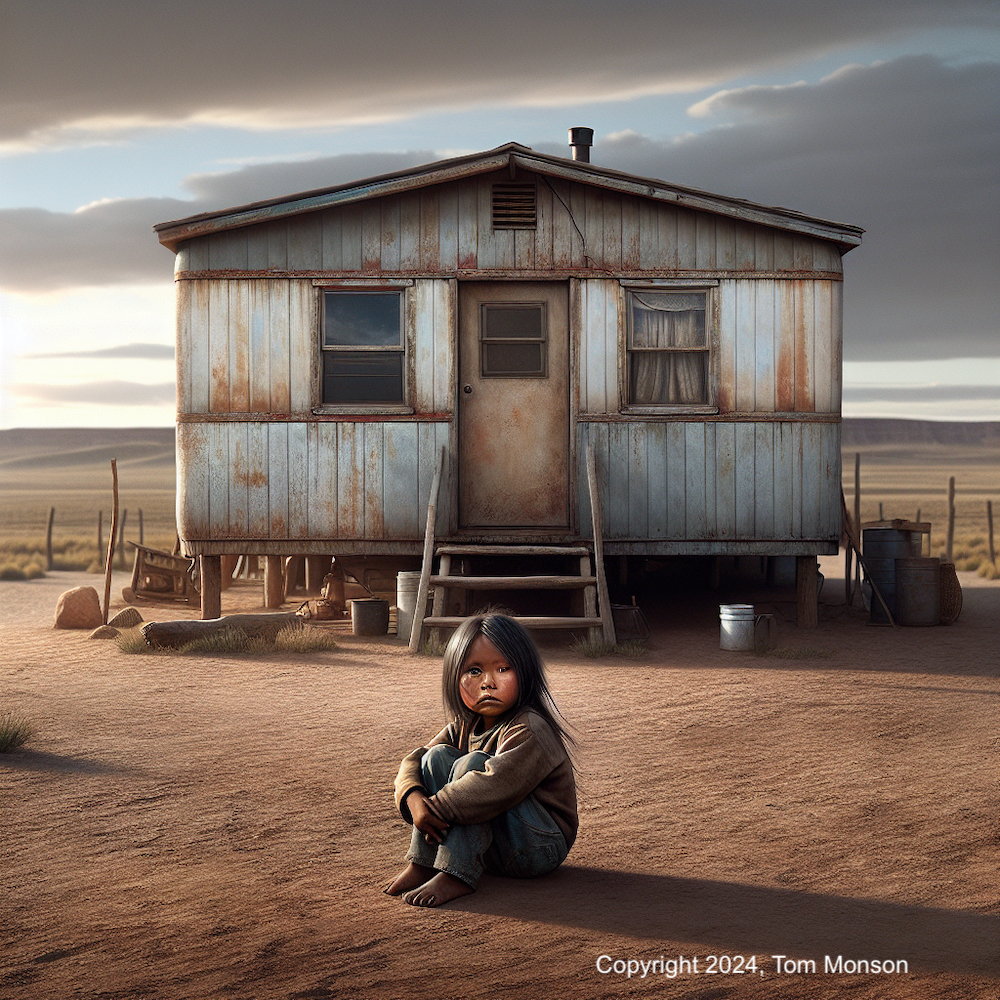The Battle for the Soul of Nations: Mexican Cartels’ Target Native American Tribes
Audio File from Saving Our Children Campaign.
By Sara Baker
The serene landscapes of Native American reservations mask a growing crisis. Mexican drug cartels are exploiting these lands to traffic drugs, leaving a trail of violence, addiction, and death in their wake. The cartels’ presence has not only disrupted the peace but has also brought an influx of dangerous substances like fentanyl, causing a spike in overdose deaths and a sense of urgency among tribal leaders and law enforcement.
In a recent interview with NBC, Marvin Weatherwax, Jr., a Blackfeet Tribal Business Council member and Montana House representative, paints a grim picture of the situation. “Right now it’s as if fentanyl is raining on our reservation,” he says, highlighting the severity of the drug crisis that has gripped his community.
The cartels’ strategy is insidious. They exploit the jurisdictional complexities and limited law enforcement resources on reservations to establish a foothold. Once entrenched, they manipulate vulnerable individuals, often using intimidation and violence to maintain control. The cartels’ operations are sophisticated, with a network that efficiently distributes their illicit products across the reservations, fueling addiction and furthering social and economic instability.

In an article that appeared in the Billings Gazette, Stacy Zinn, a former DEA agent with experience investigating Mexican cartels, was shedding light on their tactics. “The cartel will send out their advance team or individuals to get to know who’s distributing small amounts on this reservation, who can we get our claws into,” she explains. This statement reveals the calculated approach of the cartels in identifying and exploiting potential weak points within the community.
The Scope of the Problem
The infiltration of Mexican drug cartels into Native American reservations has had a devastating impact on the youth within these communities. The cartels prey on the vulnerability and isolation that many Native American youth experience, leveraging their desperation to recruit them as drug runners, couriers, and distributors. This exploitation not only perpetuates the cycle of addiction but also exposes young people to violence, trauma, and a life of crime.
The Saving Our Children Campaign
In response to this crisis, Tom Monson, a passionate advocate for youth empowerment, established the Saving Our Children Campaign. His mission is to protect young people from the clutches of drug cartels. Through his tireless efforts, Monson has successfully raised awareness about the issue, mobilized communities, and provided crucial resources for prevention and intervention. His campaign has become a beacon of hope for Native American youth and a catalyst for change.
Eric’s Song: A Powerful Tool to Fight for the Soul of Nations:
One of the most notable contributions of Tom Monson to the cause has been his acclaimed book, “Eric’s Song.” This powerful work has received widespread recognition for its ability to provide young people with the knowledge and understanding they need to resist the pressures placed upon them. By shedding light on the tactics employed by the cartels and offering strategies for resistance, “Eric’s Song” has become an invaluable resource for Native American youth and beyond.
In addition to drug awareness education, Monson has educated law enforcement on Community Watch Administration, retail crime prevention, and personal safety. Monson also just published the Drug-Free Living Video Library.

Conclusion: the Soul of Nations
The devastating impact of Mexican drug cartels on Native American youth cannot be overstated. For far too long, these communities have been targeted and exploited, fueling a cycle of addiction and despair. However, through the unwavering dedication of individuals like Tom Monson and the Saving Our Children Campaign, there is hope. By raising awareness, providing resources, and offering empowering literature like “Eric’s Song,” Monson has helped countless young people resist the pressures they face and reclaim their futures. It is imperative that society joins hands in supporting these initiatives, ensuring a brighter and safer future for Native American youth and all communities affected by drug cartel exploitation.
